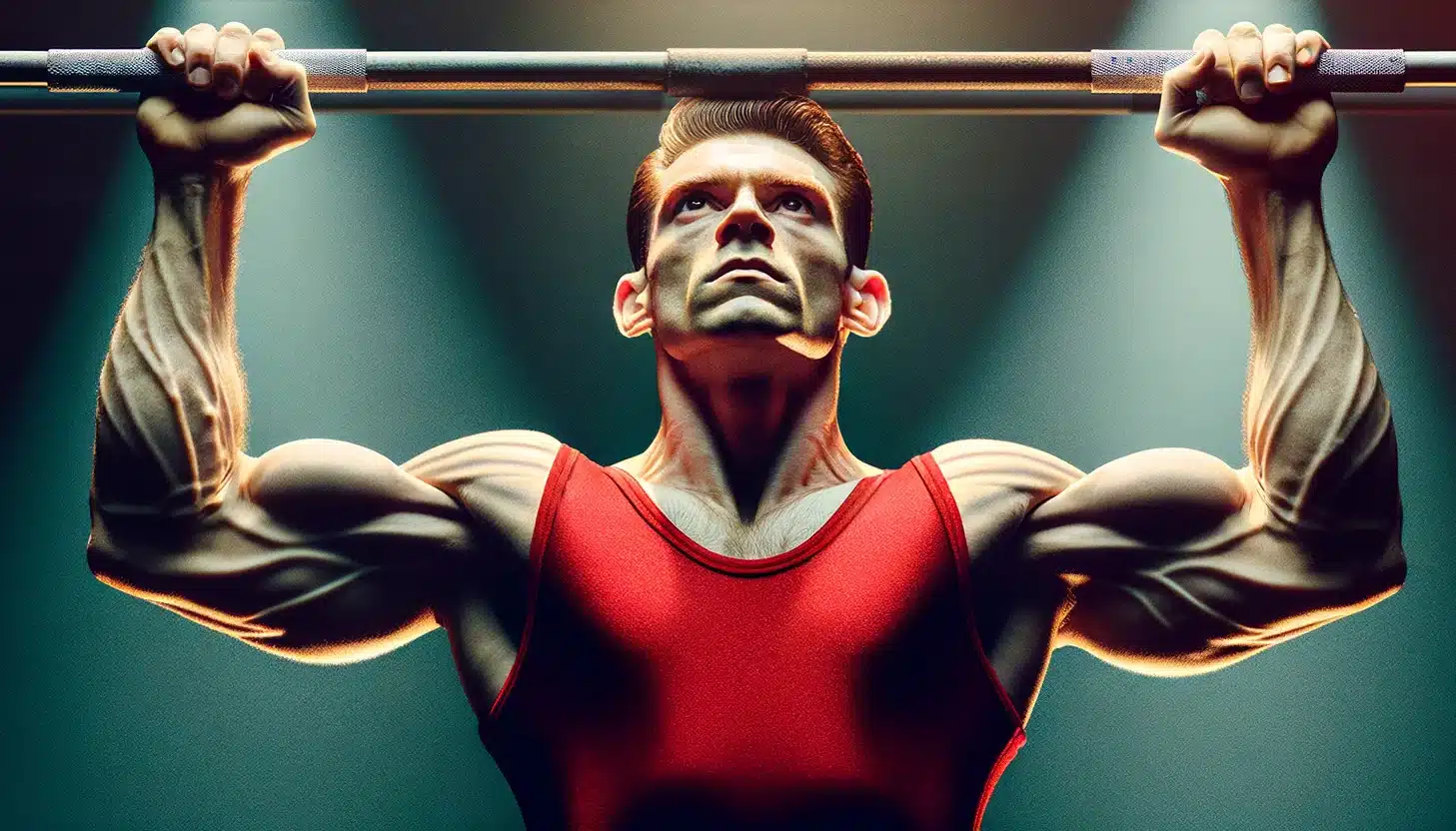Why Gymnast Biceps Are Impressively Large
Gymnast biceps stand out not just for their size but for the sheer definition and strength they possess. This is no accident; it’s the result of the highly specialized and rigorous training that gymnasts undergo, particularly those specializing in ring events. Let’s explore why gymnast biceps are a cut above the rest, focusing on the key factors that contribute to their impressive development.
Specificity of Training
Gymnasts who perform on the rings execute numerous exercises that specifically target their biceps, such as pull-ups, chin-ups, and different holds like the iron cross. These movements demand immense strength and endurance from their biceps, resulting in gradual muscle growth. It can be argued that their impressive bicep condition is a direct result of the nature of their sport, eliminating the need for unnecessary pumping and muscle building. Therefore, what you witness is essentially the ideal gymnastic physique.

Isometric Holds on biceps
Many ring routines incorporate isometric holds, which require the muscle to contract without any movement of the joint. For example, holding a fixed position against gravity. This form of exercise can be quite intense on the muscles and can result in substantial muscle growth, particularly in the biceps which are essential for sustaining such positions. Due to the risks associated with straight-arm exercises, our bodies have evolved to include the brachialis muscle as a protective mechanism. The brachialis muscle is vital in aligning the elbow joint with the shoulder joint, preventing the elbow from bending backward.
Volume and Intensity
The intensity and volume of gymnastic training are incredibly high, with a large number of exercises and repetitions. This consistent and high-intensity stress on the muscles promotes muscle growth and adaptation, resulting in increased muscle size. It’s important to understand that not everyone can achieve similar results easily.
Training at the highest level of gymnastics is comparable to a full-time job, as Olympic athletes like Louis Smith train for approximately six hours a day, six days a week. This level of dedication adds up to 30-40 hours of training per week over many years, providing a significant amount of indirect arm work that effectively stimulates both the biceps and triceps. Matching this intensity and volume of training with just a few hours of weekly training is challenging.
Grip Strength
Working with rings requires a strong grip, which engages the forearms and biceps. By gripping tightly during different movements and holds, these muscles are further worked out, leading to increased size. Gymnasts rely on their body weight for resistance, and controlling this weight in various planes of movement requires significant muscle strength and endurance. The biceps are crucial in stabilizing the body and executing precise maneuvers. While gymnasts often choose an overgrip to enhance grip strength, this can shift the strain from the forearms to the top of the arm, resulting in more bicep work.

Final Thoughts
Gymnastics, particularly ring work, has a remarkable ability to shape the body, focusing on building strong and prominent biceps. This is achieved through a combination of targeted exercises, rigorous training methods, and the unique demands of the sport itself. The development of impressive arm muscles in top gymnasts is also influenced by genetics, as individuals with a predisposition for muscular growth and athletic performance are more likely to excel in this field.
On the other hand, those who may not have the same genetic advantages may struggle to achieve the same level of development, even with similar training routines. It raises an interesting question: are gymnasts naturally built for the sport, or does the sport shape them into the athletes they become? To sum it up, the impressive biceps of gymnasts are a result of their dedicated training routines, the considerable amount of time they invest in these routines, and the genetic factors that favor muscle growth and athletic prowess.

